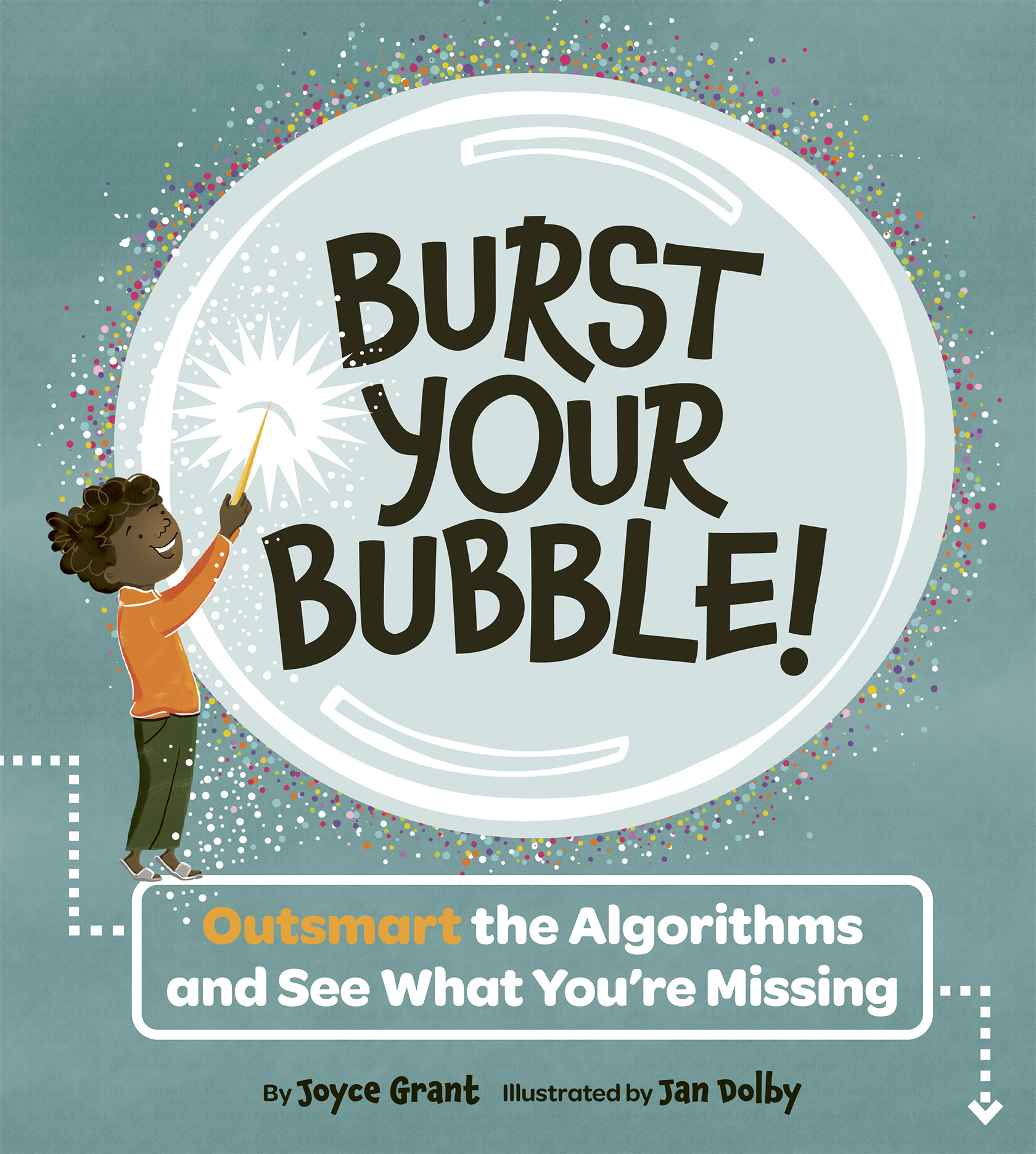
The Olympics and Paralympics bring out the best in people, and the 2018 PyeongChang Winter Olympics are no exception.
As athletes set aside their countries’ differences and test themselves against the best of the best, a sense of mutual respect puts everyone on a level playing field. And that can make for some inspirational, funny and heart-warming moments.
For instance, there is the story of Akwasi Frimpong, which is not only inspirational, but fun and exciting as well. Frimpong grew up in a one-room house in Kumasi, Ghana. He dreamed of being an athlete, but life was tough for him and his eight siblings. He eventually left Ghana with his mother for the Netherlands, where he worked hard to become an athlete, practicing three different sports, studying Dutch and holding down two jobs, including selling vacuum cleaners door-to-door. This year he finally achieved his dream of becoming an Olympic athlete, competing in the sport of skeleton for Ghana. His helmet features a drawing of a rabbit escaping from the jaws of a lion, a symbol of his victory over hardship. Frimpong came last in his sport at the Olympics, but he captured people’s hearts around the world with this story of grit and heart, and when he celebrated achieving his dream with a special dance that seemed to sum up his whole journey. (See the video, below.) There is more information about Frimpong in this article in Ghana’s Graphic Online news website, this BBC article and this article on the Olympics website. There is also an excellent article about Frimpong on AfrikaNews.com.
Below are links to some more great 2018 Olympics stories we think you’ll find inspirational. The 2018 PyeongChang Olympics end Sunday, Feb. 25. The 2018 PyeongChang Paralympics run from March 9 to 18.
(We have used different and diverse sources, so you can compare news coverage and read news from a source you perhaps haven’t seen before.)
Mexico’s German Madrazo finished 116th –last–in men’s 15 km cross-country skiing, but he crossed the finish line proudly waving his country’s flag and received a hero’s welcome.
Here’s the story by Time. And here is more information about Madrazo, from Mexico News Daily.
Every curling stone in the Olympics comes from granite mined from the small island Ailsa Craig, in Scotland.
This fascinating Guardian video (3:50) shows you the stone makers and the process. More information and photos of the island on AmusingPlanet.com.
Many athletes are breaking social barriers at the 2018 Olympics. For instance, Simidele Adeagbo became the first Nigerian, African and Black female athlete to compete in Skeleton at the Winter Olympics. And there are several athletes who are the first in their sports to compete as openly gay; for instance, Adam Rippon, in figure skating, who told Time that, “it’s so important to be visible and stand up for what you believe in and let the young kids know that it’s okay to be yourself.” Elana Meyers Taylor (U.S.) is the first woman to drive a four-man bobsled.
Here is the excellent Time article about 10 athletes who are breaking barriers and making history at the 2018 Games.
Ever since the Jamaica bobsled team stole our hearts by competing at the 1988 Winter Olympics, it’s been fun to cheer for countries who don’t normally compete in winter events. There are a number of countries who are new to winter competition or are interesting to watch in these Games.
This article by Travel + Leisure magazine takes a look at six countries competing in winter Olympics for the first time.
After ice dancers have finished their competition, many fans throw stuffed animals onto the ice.
Here’s an article by Teen Vogue that takes a look at why they do that, as well as the article in the Japan Times they cite featuring skater Yuzuru Hanyu.
Business Insider has a great list of iconic Olympics moments from past Games.
Below is a video about Akwasi Frimpong–his amazing Olympic journey and, at the beginning of the video, his celebratory dance that has gone viral. (YouTube, 3:08).
CURRICULUM CONNECTIONS
By Jonathan Tilly
Writing/Discussion Prompt
Frimpong’s helmet features a drawing of a rabbit escaping from the jaws of a lion, a symbol of his victory over hardship. Discuss, or, better yet, design and draw a helmet that would be meaningful to you. What sport will you be competing in? What nation will you represent? What symbols will you include?
Reading Prompt: Point of View
Reading diverse news sources provides readers with a more complete picture of the news? The Olympics is a perfect time to look at international stories from many points of view.
Find an article that interests you. Record whose views were presented and whose views were missing. Consider how alternate perspectives provide a fuller understanding.
Primary
Identify the point of view presented in a text and suggest some possible alternative perspectives (OME, Reading: 1.9).
Junior
Identify the point of view presented in texts, ask questions to identify missing or possible alternative points of view, and suggest some possible alternative perspectives (OME, Reading: 1.9).
Intermediate
Identify the point of view presented in texts, including increasingly complex or difficult texts; give evidence of any biases they may contain; and suggest other possible perspectives (OME, Reading: 1.9).
Language Feature: The Em Dash ( — ) and The Hyphen ( – )
Reread the sentence below:
Mexico’s German Madrazo finished 116th–last–in men’s 15 km cross-country skiing, but he crossed the finish line proudly waving his country’s flag and received a hero’s welcome.
The first punctuation mark the reader comes to is the em dash ( –last– ). An em dash is used to bring forward a piece of information to the reader’s attention. The writer does this by placing one on either side of the highlighted material.
The next punctuation mark in the sentence, the hyphen, looks similar to the em dash. The hyphen is used in the term, “cross-country.” In this case, a hyphen is used because the words “cross” and “country” are being used together to create a new term, “cross-country.” This is also called a compound modifier.
Place an em dash or a hyphen in the spaces below.
- The paint on the wall ( ) the bright green ( ) is starting to crack.
- The dog ( ) friendly hotel has 2 rooms available.
- He entered a well ( ) lit attic ( ) slowly.
- I ate my ice ( ) cream cone while I waited.
- The high ( ) school kids ( ) grades 9 and 10 ( ) are coming to the performance this afternoon.







